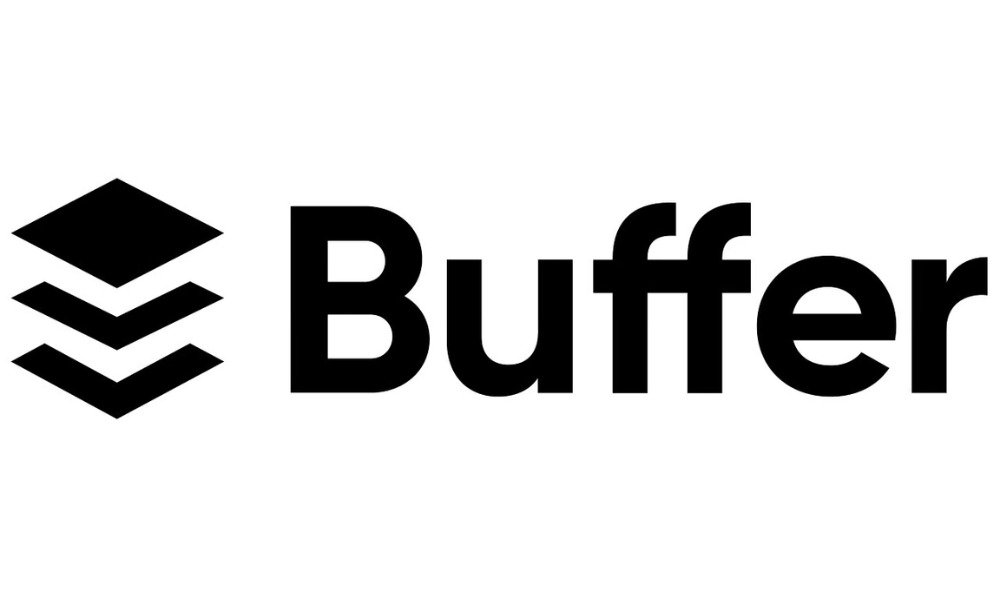Managing online platforms can feel like running a marathon with no finish line. Just when you think you’ve got it figured out, trends shift, algorithms change, and suddenly, you’re back at square one. But here’s the good news—technology can help.
The right digital solutions can streamline your workflow, improve engagement, and make marketing efforts more effective. Whether you’re a small business or a growing enterprise, having the right support system in place can make all the difference.
In this guide, I’ll walk you through the essential resources businesses should be using to improve their online presence.
What You’ll Learn
- Key features to look for in online marketing solutions
- The best options for scheduling, content creation, engagement, and analytics
- How to choose the right platform for your business
- Ways to improve efficiency and maximize results
There’s no fluff here—just practical advice that can help you make the most of your digital efforts.
1. What to Look for in a Digital Marketing Tool
Before jumping into recommendations, it’s important to understand what makes a resource effective. Every business has different needs, so choosing wisely is key.
Here’s what to consider:
- Automation & Scheduling – Saves time by allowing content to be planned in advance
- Analytics & Performance Tracking – Helps identify which strategies are working
- Content Creation Features – Assists in crafting engaging posts and visuals
- Audience Engagement Support – Simplifies responding to messages and interactions
- Brand Monitoring & Listening – Tracks conversations and industry trends
- Integration Capabilities – Works smoothly with existing software, like email platforms and CRM systems
Not every option will have all these features, but the best ones cover multiple aspects to help businesses stay organized and effective.
2. Best Tools for Managing Your Online Presence
A. Scheduling & Management Solutions
Keeping up with multiple platforms is time-consuming. The following choices allow businesses to plan, post, and track content from one place.
1. Sprout Social – Data-Driven Insights
This platform goes beyond just planning and posting. It provides detailed audience insights and social listening capabilities, helping businesses monitor conversations in their industry.
- Tracks trends in real time
- Offers engagement analytics
- Supports brand reputation management
2. Buffer – Simple and Effective

For those who prefer a straightforward and user-friendly interface, this is a great choice. It focuses on post scheduling while also providing analytics to help measure performance.
- Ideal for small businesses and startups
- Supports multiple accounts
- Offers a free plan for beginners
For businesses that are just starting their online journey, it’s important to build a strong foundation. If you need help setting up your accounts, check out this beginner’s guide for step-by-step instructions.
B. Performance Tracking & Analytics
Knowing what works and what doesn’t is critical. These platforms provide the insights needed to refine strategies and improve results.
3. Hootsuite – All-in-One Dashboard
This platform consolidates various management features into one interface. It covers scheduling, analytics, monitoring, and advertising, making it an excellent option for businesses that need a complete package.
- Tracks audience demographics and engagement
- Supports multiple accounts from one dashboard
- Includes monitoring features for competitor analysis
4. Google Analytics – Website & Social Insights
While not designed specifically for online platforms, this tool helps track how content impacts website traffic. It’s useful for businesses that want to measure how much visibility their online efforts are generating.
If you’re looking for additional ways to increase traffic, take a look at this article on how online engagement can boost website visits.
C. Engagement & Brand Monitoring
Interacting with audiences and keeping track of industry discussions are crucial for building relationships and staying relevant.
5. Brandwatch – Advanced Listening Capabilities
For businesses that want to track mentions, customer feedback, and industry trends, this platform offers real-time monitoring and data analysis.
- Identifies brand mentions across multiple platforms
- Helps businesses understand customer sentiment
- Provides competitor analysis
6. AgoraPulse – Simplified Engagement
This tool acts as a central inbox, gathering all comments, messages, and mentions in one place. It’s ideal for businesses that receive a high volume of customer inquiries.
- Organizes messages for easier responses
- Provides insights on customer interactions
- Supports team collaboration
D. Content Creation & Design
Posts with high-quality visuals tend to get better engagement. These resources help businesses create professional-looking content quickly.
7. Canva – Easy Graphic Design

Even without a design background, businesses can create eye-catching images and videos using this platform. It’s perfect for making engaging content without needing complex software.
- Drag-and-drop functionality for quick designs
- Pre-made templates for various post formats
- Integration with online platforms for easy publishing
For businesses optimizing their websites, it’s also helpful to include share buttons so visitors can easily distribute content.
3. How to Choose the Right Digital Solution
With so many options available, picking the right one can feel overwhelming. Here are a few questions that can help narrow it down:
- What are my primary needs? Do I need more help with scheduling, engagement, or analytics?
- Does the platform integrate with my existing tools? If you use CRM or email marketing software, compatibility is important.
- Is customer support reliable? If an issue arises, is there a quick way to get help?
- Does the pricing fit my budget? Some platforms offer free plans, while others charge based on features and usage.
Testing a few options before committing can help ensure the best fit. Many platforms offer free trials, making it easy to compare features.
4. Tips for Maximizing Your Social Media Efforts
- Be consistent – Regular posting helps maintain audience interest
- Analyze performance – Track what works and adjust strategies accordingly
- Engage with followers – Responding to comments builds relationships and increases trust
- Use quality visuals – Attention-grabbing images improve engagement rates
- Stay updated on trends – New features and algorithms can impact visibility
If you’re running paid advertisements, it’s also useful to know what works and what doesn’t. This guide covers the common mistakes businesses make when using online ads.
5. Final Thoughts
Choosing the right tools can make digital marketing more manageable and less time-consuming. The best platform will depend on each business’s specific needs, whether it’s automation, analytics, or engagement.
Some businesses may benefit from using a combination of these resources rather than relying on just one. Experimenting with different platforms and tracking results will help determine what works best.
Marketing should feel like an opportunity, not a burden. The right approach, combined with effective tools, can help businesses reach new audiences, strengthen their online presence, and improve overall performance.
If you’ve used any of these platforms, let me know your thoughts in the comments. What worked for you? What didn’t? Let’s share insights and help each other grow!


